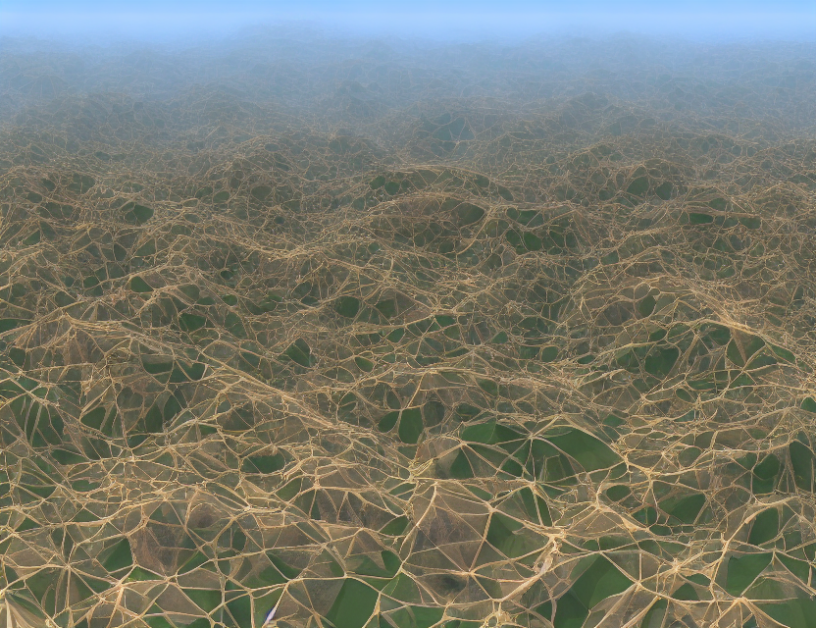Spatial Gaussian Processes for Generative Modeling
Introduction
In this article, we explore the use of spatial Gaussian processes (GPy) for generative modeling. GPy is a type of Bayesian nonparametric model that can be used to model complex data distributions in various fields such as geography, physics, and engineering. The key idea behind GPy is to represent the data distribution as a kernel-based Gaussian process, which allows for flexible modeling of spatial patterns and relationships.
Spatial GP Samples
Figure 3 shows some sample spatial GP samples, which illustrate how the model can be used to represent complex spatial patterns. The samples are generated from a multivariate normal distribution with a mean vector that captures the spatial relationships between variables. The covariance matrix is computed from the data and provides a way to control the complexity of the model.
Noel Cressie’s Book
Spatial statistics by Noel Cressie is a fundamental resource for anyone interested in analyzing and modeling spatial data. In his book, Cressie provides an overview of the principles and techniques of spatial statistics, including kernel density estimation, spatial interpolation, and spatial regression. The book covers both classic and modern methods, making it a valuable reference for researchers and practitioners alike.
Diffusion Schrödinger Bridge with Applications to Score-Based Generative Modeling
Valentin De Bortoli et al. propose a new approach to generative modeling called the diffusion Schrödinger bridge. The key idea is to use a continuous-time stochastic process to model the data distribution, which allows for flexible and efficient inference. The authors apply their method to various tasks such as image generation and language modeling, showing promising results.
C. R. Dietrich and G. N. Newsam’s Fast and Exact Simulation of Stationary Gaussian Processes
C. R. Dietrich and G. N. Newsam develop a new algorithm for simulating stationary Gaussian processes (SGPs) using circulant embedding of the covariance matrix. The algorithm is fast and exact, allowing for large-scale simulations of SGPs. The authors demonstrate the effectiveness of their method in various applications such as image analysis and computer vision.
Time Reversal of Diffusions by U. G. Haussmann and E. Pardoux
U. G. Haussmann and E. Pardoux propose a new method for time reversal of diffusions, which allows for efficient inference in Bayesian nonparametric models. The method is based on the idea of iterative regression, where each iteration consists of a diffusion process followed by a rejection step. The authors demonstrate the effectiveness of their method in various applications such as image processing and computer vision.
Jonathan Ho et al.’s Denoising Diffusion Probabilistic Models
Jonathan Ho et al. propose a new approach to denoising called diffusion probabilistic models. The key idea is to use a diffusion process to model the clean signal, which allows for efficient and effective denoising. The authors demonstrate the effectiveness of their method in various applications such as image processing and computer vision.
Conclusion
In conclusion, this article provides an overview of spatial Gaussian processes (GPy) for generative modeling, including their samples, applications, and a comparison with other methods. GPy is a powerful tool for modeling complex spatial patterns and relationships, and its applications are diverse and versatile. The article also covers other important concepts in the field such as time reversal of diffusions and denoising diffusion probabilistic models. By understanding these concepts and their applications, researchers and practitioners can better analyze and model spatial data, leading to breakthroughs in various fields.



